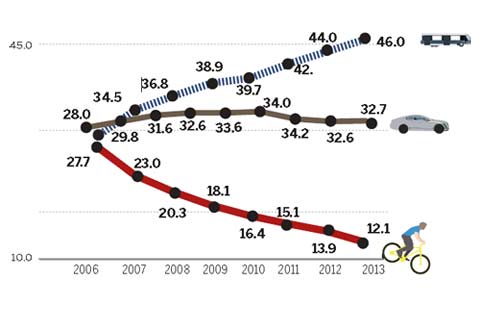Hotel design: why is localization important for Int'l brands?
Updated: 2014-09-17 16:07
By Jiang Wanjuan(chinadaily.com.cn)
|
|||||||||||
 |
|
Christian Low, Asia Pacific regional director of hospitality with AECOM, speaks at the Asia Hotel Forum on Sept 3, 2014. [Photo provided to chinadaily.com.cn] |
How would you describe the design of most local Chinese hotels? Did they inspire you in some ways?
This has evolved significantly, however, and there are now a number of examples of very innovative designs emerging - some based on local historical building configurations, which are inspiring and encouraging.
What categories of new hotels have more potential in the current Chinese market?
Low: Current demographic and economic studies indicate a greater demand for budget and mid-market hotels. But if considered region by region, there is ample room for all hotel segments, with differing demand metrics depending on location and timing within each micro business environment.
However, all hospitality categories will increasingly exhibit design innovations as the Chinese consumer audience grows more and more sophisticated.
The Chinese hospitality market both within and outside China is a hot sector to watch as design innovation, cultural sensitivity and evolving demanding consumer tastes converge and push the industry to achieve more.
Related Stories
Hotel roundup 2014-09-12 07:25
InterContinental opens 5-star hotel in Lhasa 2014-08-26 09:47
Kempinski Hotel Taiyuan celebrates first anniversary 2014-08-26 17:10
Riding the hotel wave on the cusp of change 2014-08-22 07:15
Awards to recognize China's outstanding hotel individuals 2014-08-19 08:56
Today's Top News
How Alibaba IPO learnt from Facebook's mistake
Russia to beef up troops in Crimea
10 problems of Chinese society
PBOC injects $81b into banks
iPhone 6 spawns Chinese satire
US general 'not rule out' larger ground role in Iraq
China's door to open wider, Li says
Shanghai FTZ official removed
Hot Topics
Lunar probe , China growth forecasts, Emission rules get tougher, China seen through 'colored lens', International board,
Editor's Picks

|

|

|

|

|

|







